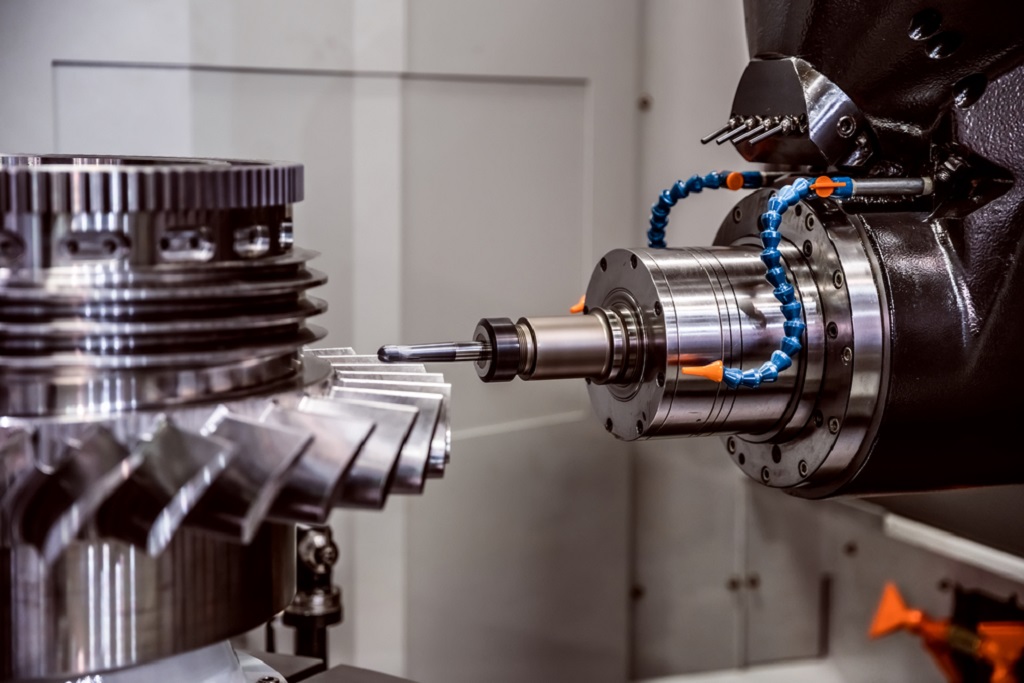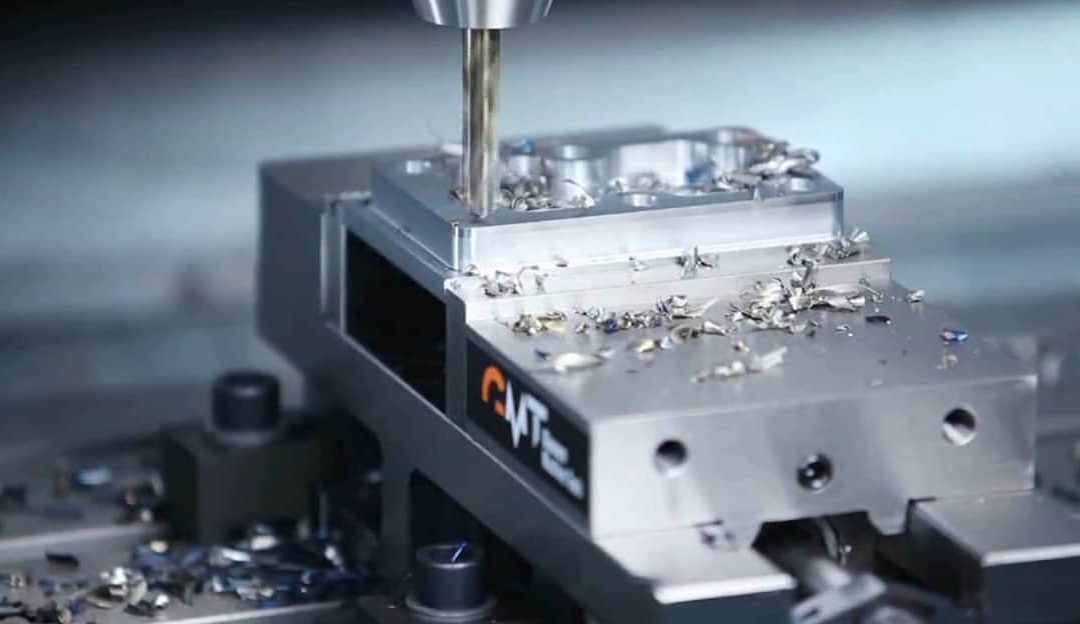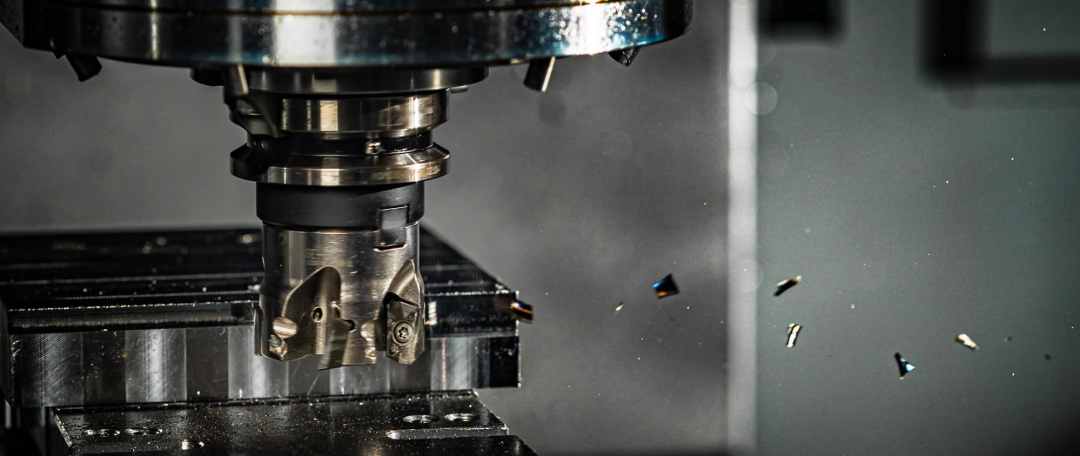Asphalt milling is a process that has become an essential part of modern road maintenance. The importance of understanding ‘how does an asphalt milling machine work’ is crucial for professionals in the industry. These machines bring tremendous benefits to the field of road surfacing and maintenance.

Introduction to Asphalt Milling Machines
Asphalt milling machines, also known as cold planers, are powerful pieces of equipment used to remove the surface of a paved area. By doing this, they provide a smooth ground for a new layer of fresh asphalt. Utilizing modern technology, these machines have become invaluable in maintaining road surfaces.
Primary Components of an Asphalt Milling Machine
An asphalt milling machine consists of three primary parts: the cutting drum, the conveyor belt system, and the operator’s cabin. Each of these components plays a critical role in ensuring the efficiency and effectiveness of the milling process.
The Cutting Drum and Its Role
The cutting drum is the heart of the milling machine. With numerous sharp teeth, it digs into the asphalt surface and grinds it into small, manageable pieces. This process is crucial for ensuring the old surface is adequately removed, making way for a new one.
How the Conveyor Belt System Works
The conveyor belt system is a vital component that transports the ground-up asphalt to a waiting truck. This system ensures the milling process is continuous, improving efficiency and reducing downtime.
The Operator’s Cabin and Its Importance
The operator’s cabin might be the most overlooked part of an asphalt milling machine. Equipped with advanced controls, it allows the operator to maneuver and operate the machine with precision, improving safety and accuracy.
Step-by-Step Process of Asphalt Milling
Step 1: Setting Up the Machine
The first step involves setting up the asphalt milling machine. This includes inspecting the machine to ensure all parts are in working order and that the cutting drum is adequately maintained.
Step 2: Positioning the Machine
Once the machine is set up, the operator positions it on the surface that needs to be milled. Proper positioning is crucial for ensuring an even milling process.
Step 3: Starting the Milling Process
With the machine in place, the operator activates the cutting drum, which begins to remove the asphalt surface. The conveyor belt system then transports the milled material to a truck.
Advantages of Using Asphalt Milling Machines
Environmental Benefits
Asphalt milling is an environmentally friendly process. The milled material can be recycled and used in new asphalt mixtures, reducing waste and conserving resources.
Cost Efficiency
The use of asphalt milling machines also brings tremendous cost benefits. By reusing the milled material, construction companies can significantly reduce the cost of new materials.
Improved Road Safety
Milling machines improve road safety by creating a smoother, more even surface, which reduces the risk of accidents.
The Role of Advanced Technology in Asphalt Milling
Advancements in technology have played a crucial role in enhancing the efficiency of asphalt milling machines. Modern machines are equipped with GPS systems and advanced sensors, allowing for more precise milling.
Future Trends in Asphalt Milling Technology
The future of asphalt milling is bright, with continuous improvements in technology. Innovations such as automated milling machines and the use of AI for predictive maintenance are just some of the exciting developments on the horizon.
Conclusion
Understanding ‘how does an asphalt milling machine work’ is essential for anyone involved in road maintenance. These machines bring significant benefits in terms of cost, efficiency, and environmental impact. As technology continues to evolve, the future of asphalt milling looks promising.
FAQs
What is asphalt milling used for?
Asphalt milling is primarily used to remove the surface of a paved area, providing a smooth base for a new layer of asphalt.
How fast can an asphalt milling machine work?
The speed can vary depending on the machine and the job, but typically, a standard machine can mill about 1000 to 4000 square yards per day.
Can milled asphalt be reused?
Yes, the milled material can often be recycled and used in new asphalt mixtures, making the process environmentally friendly.

